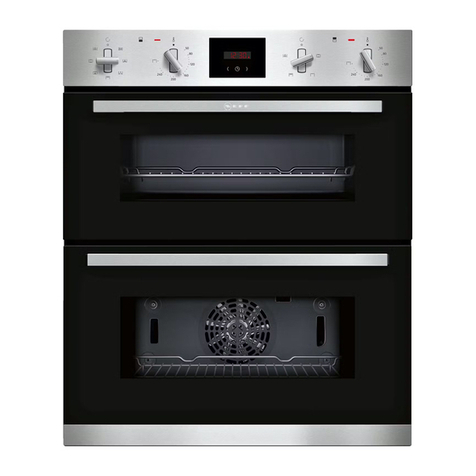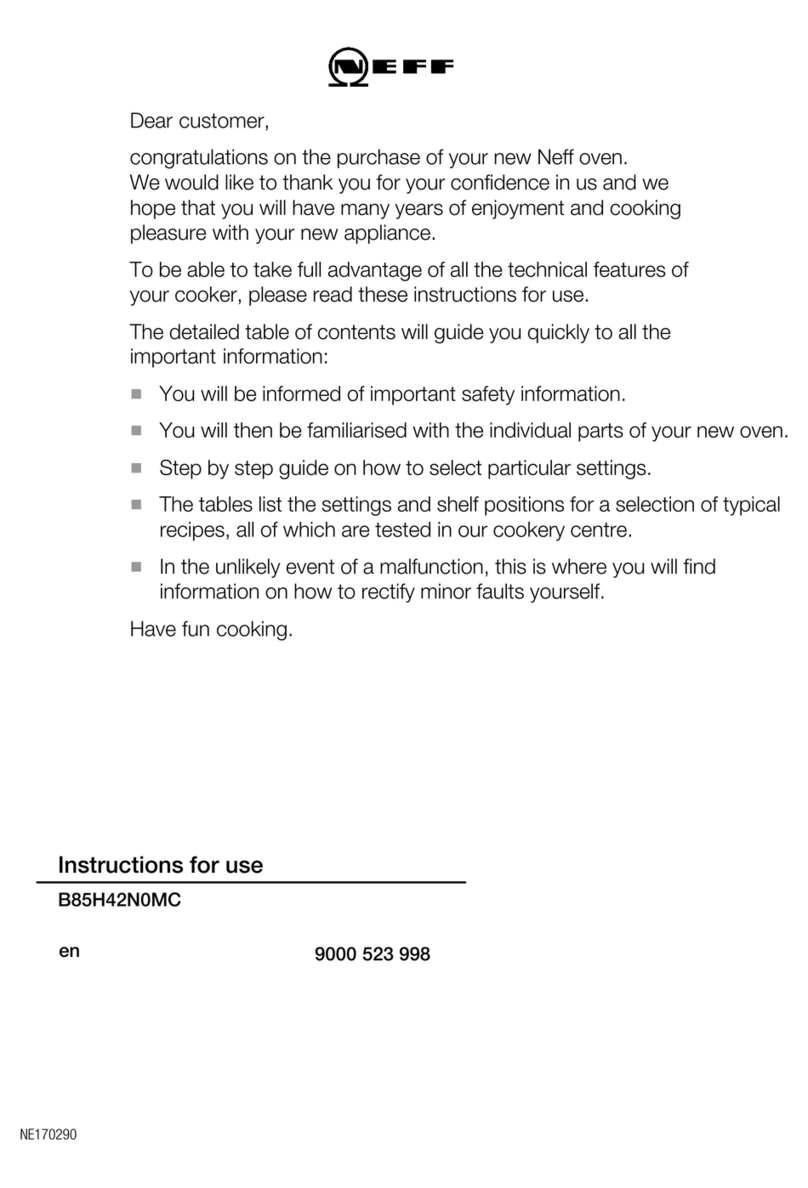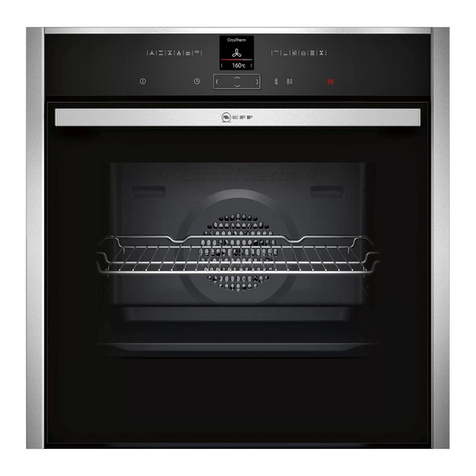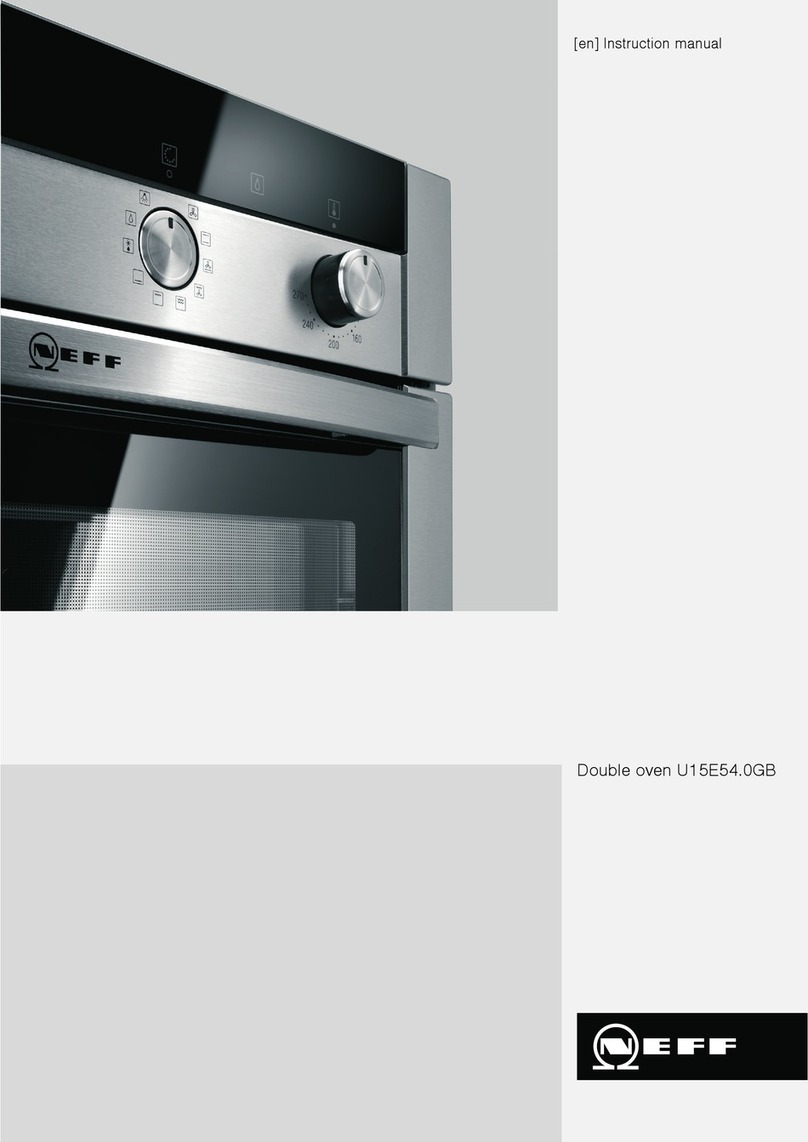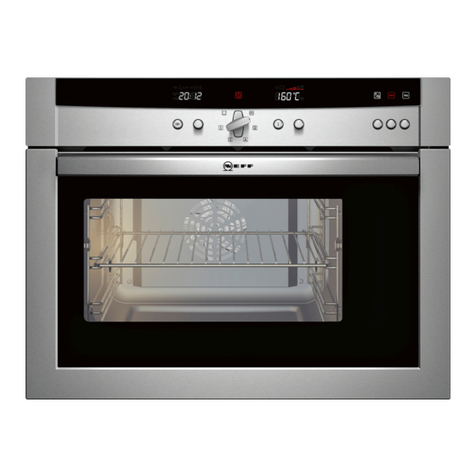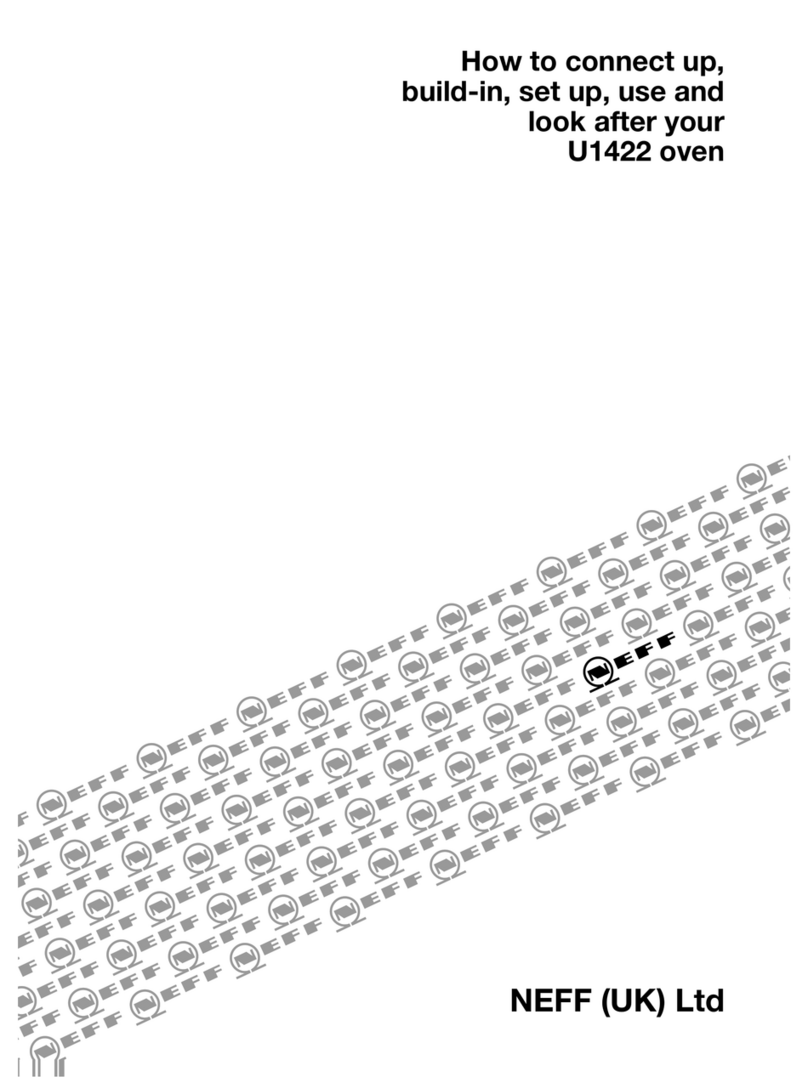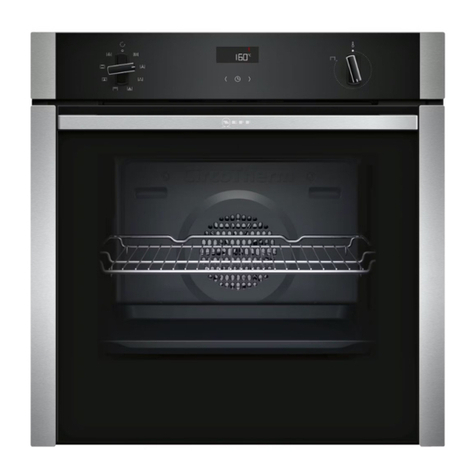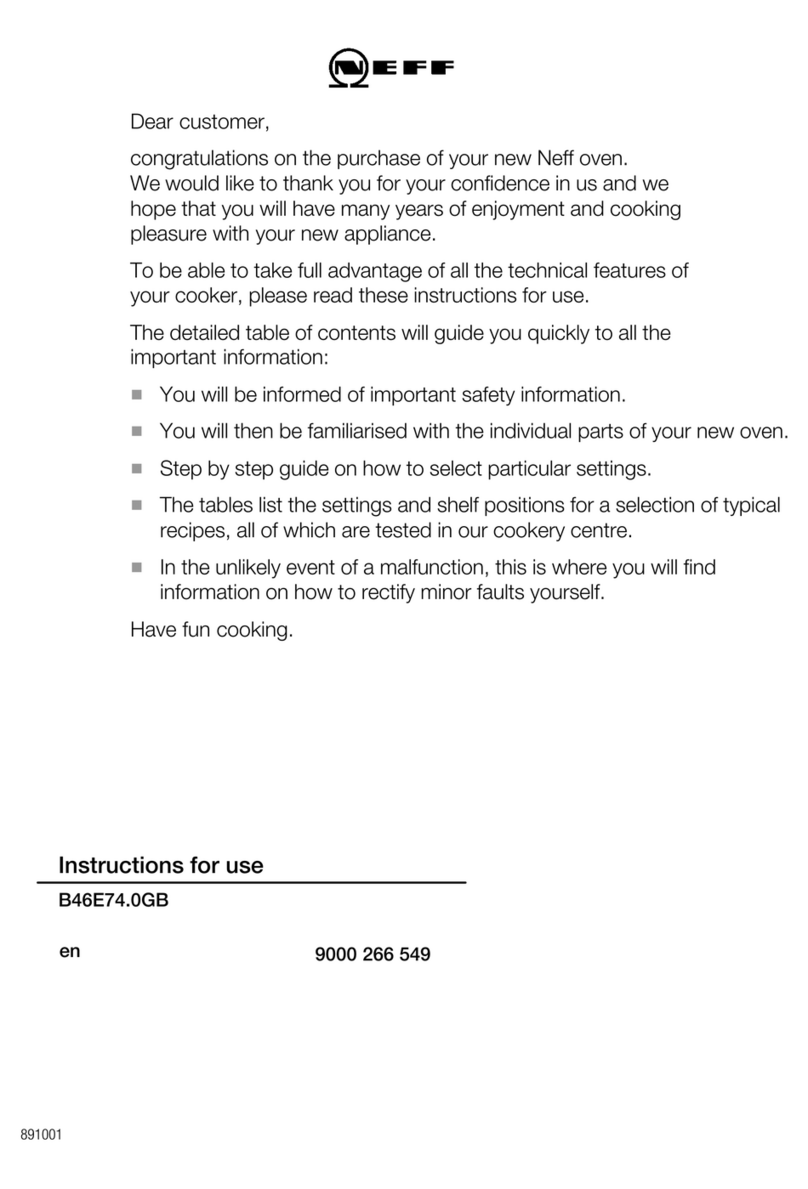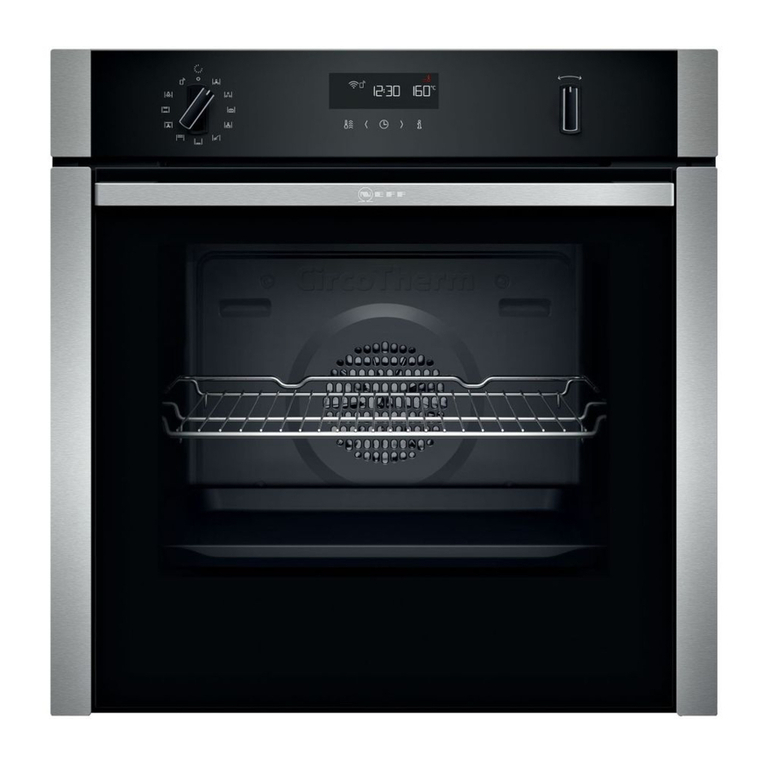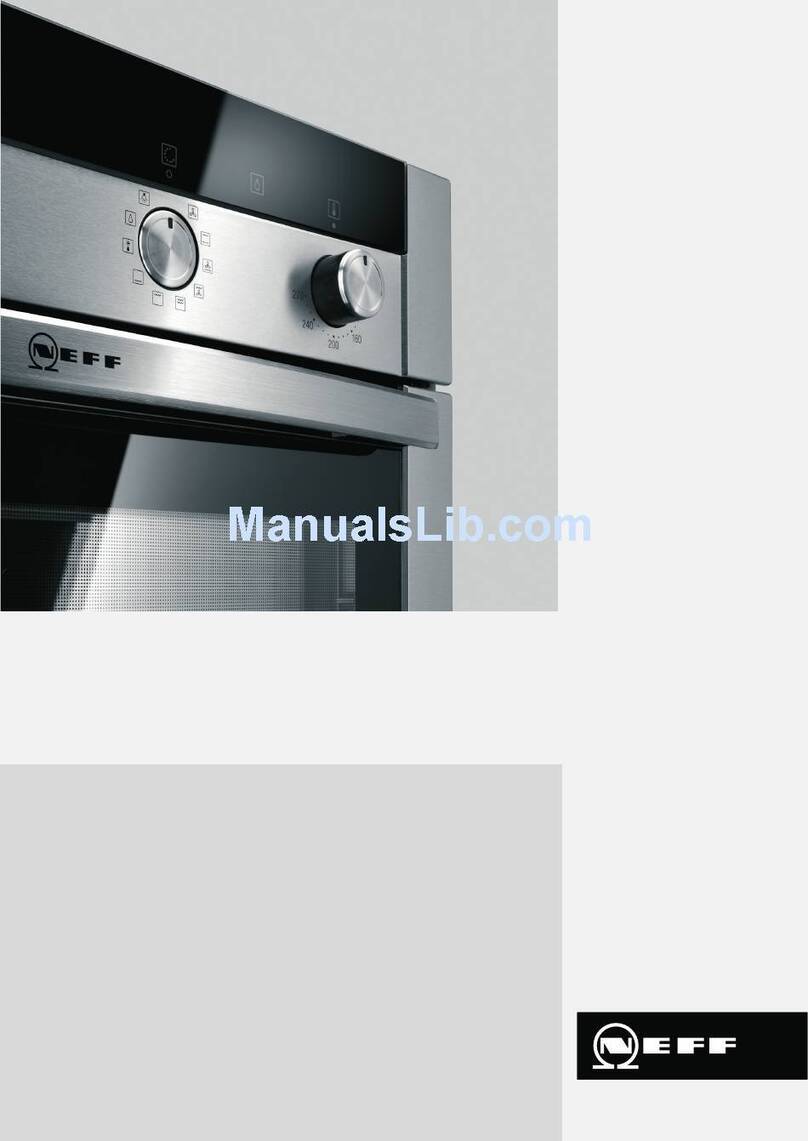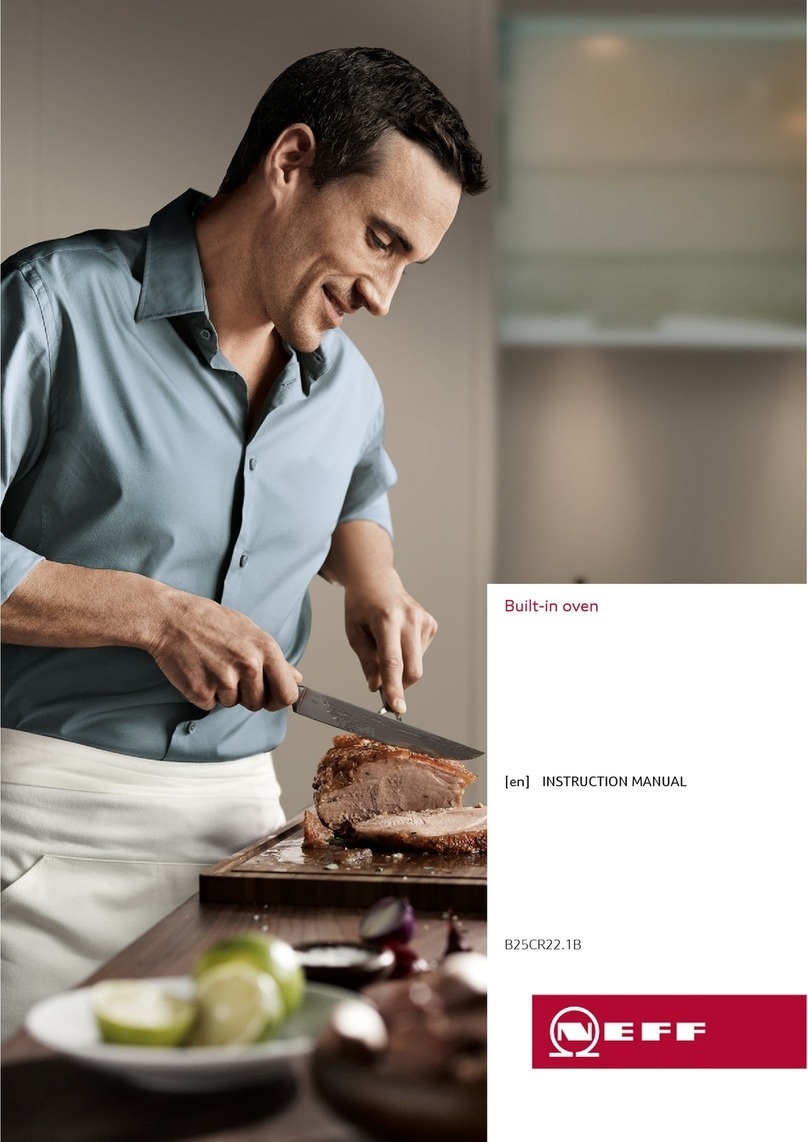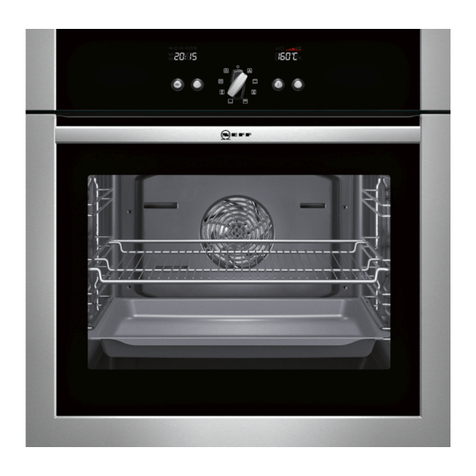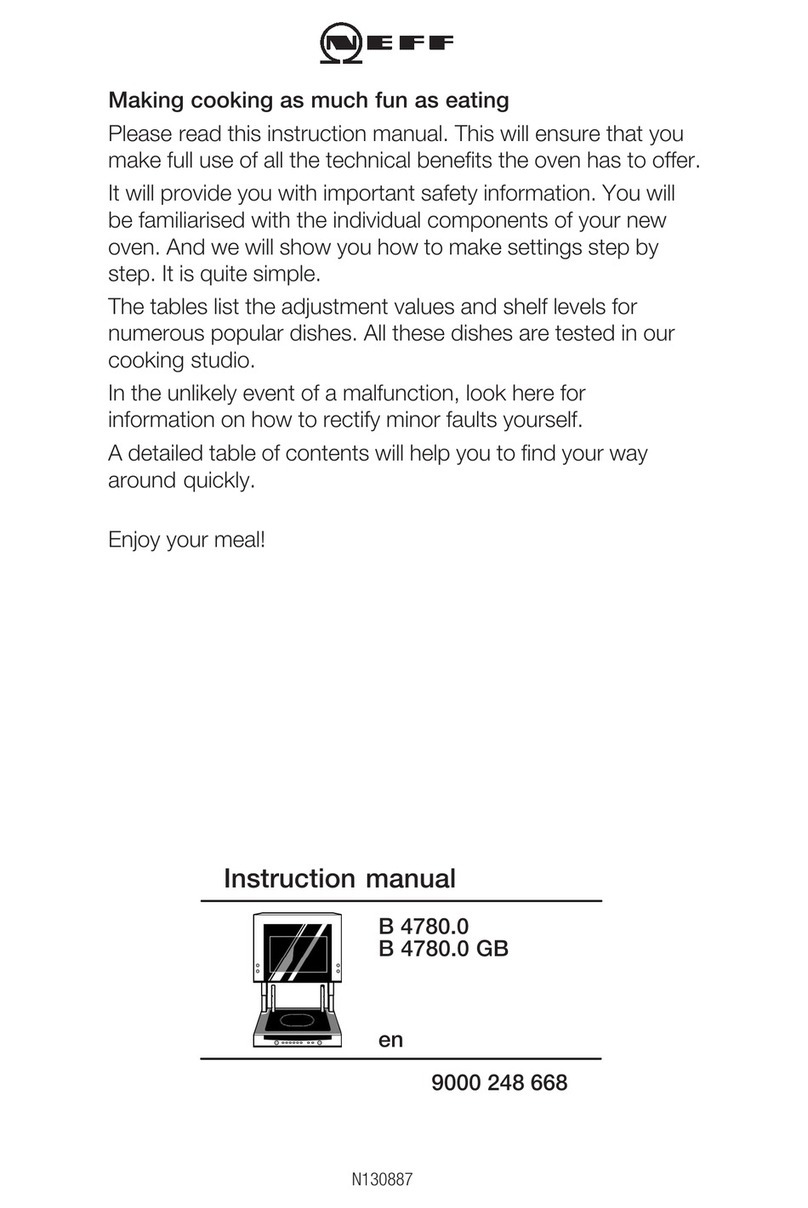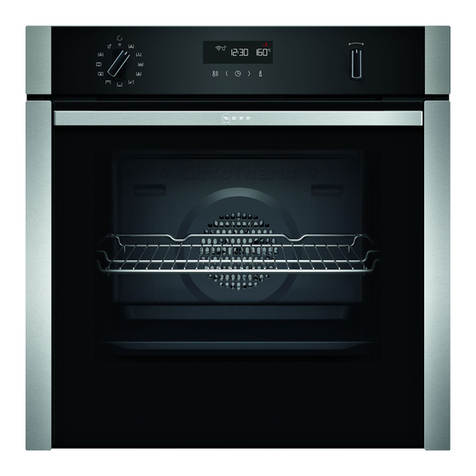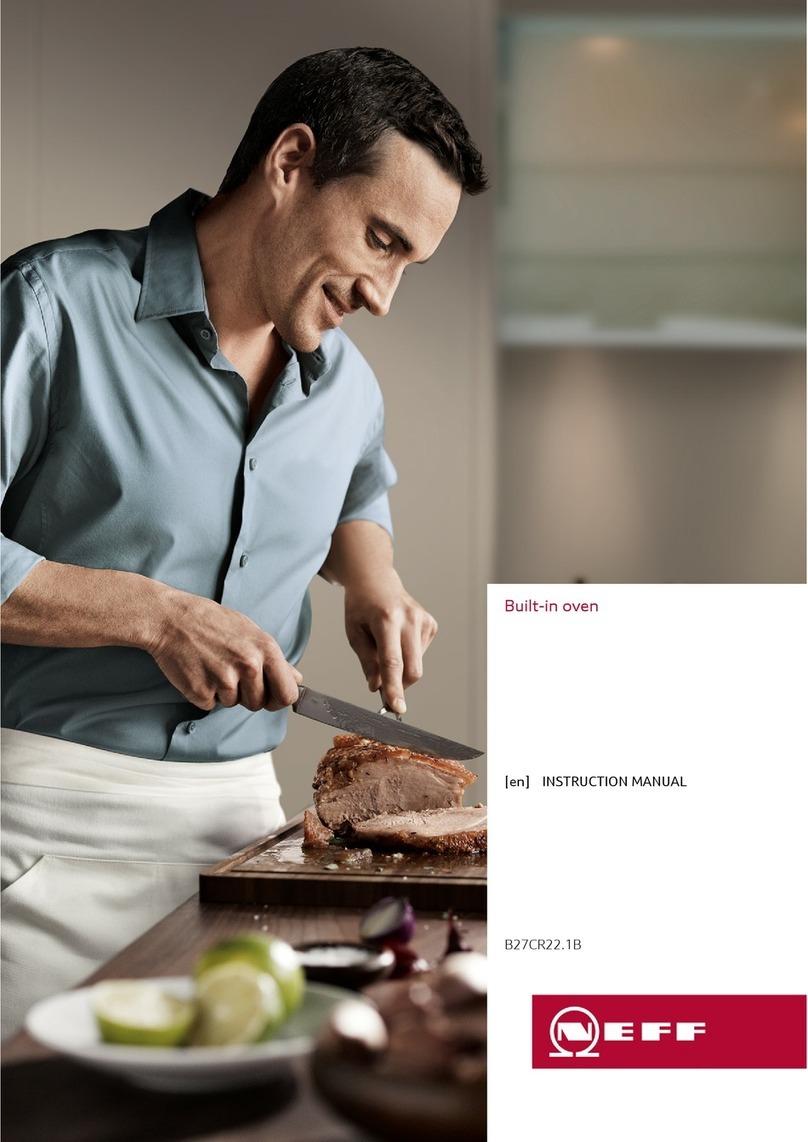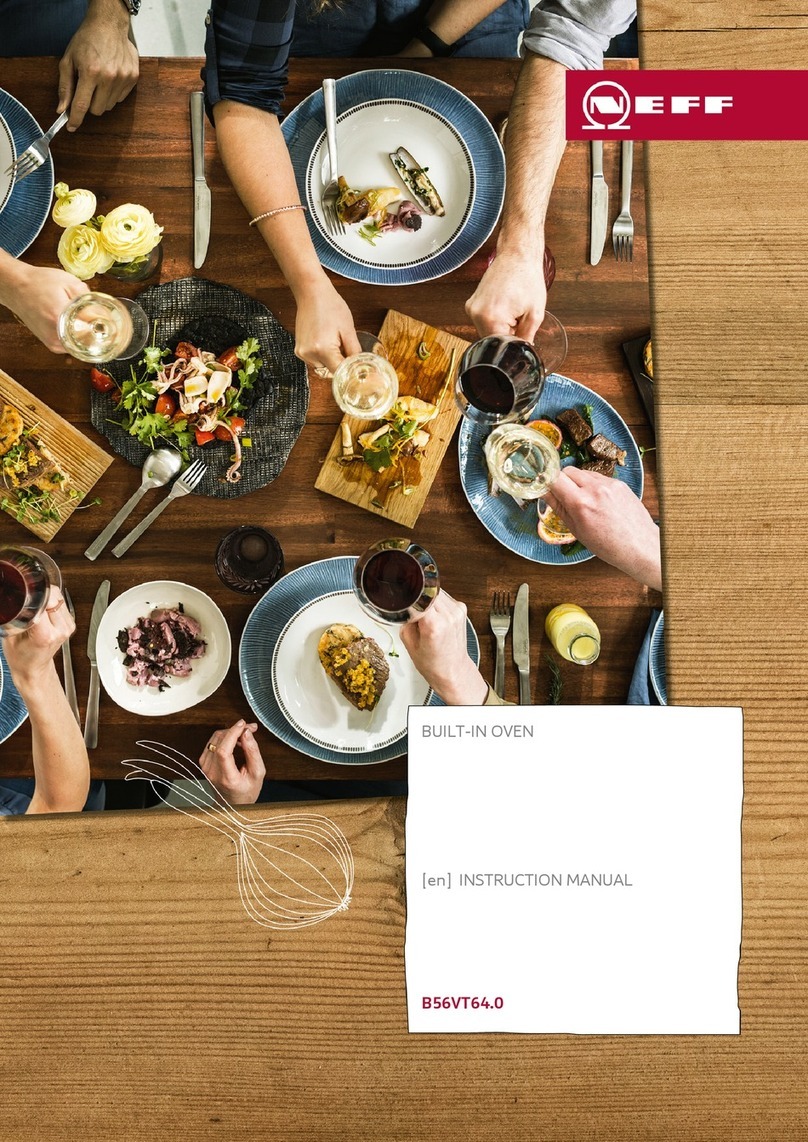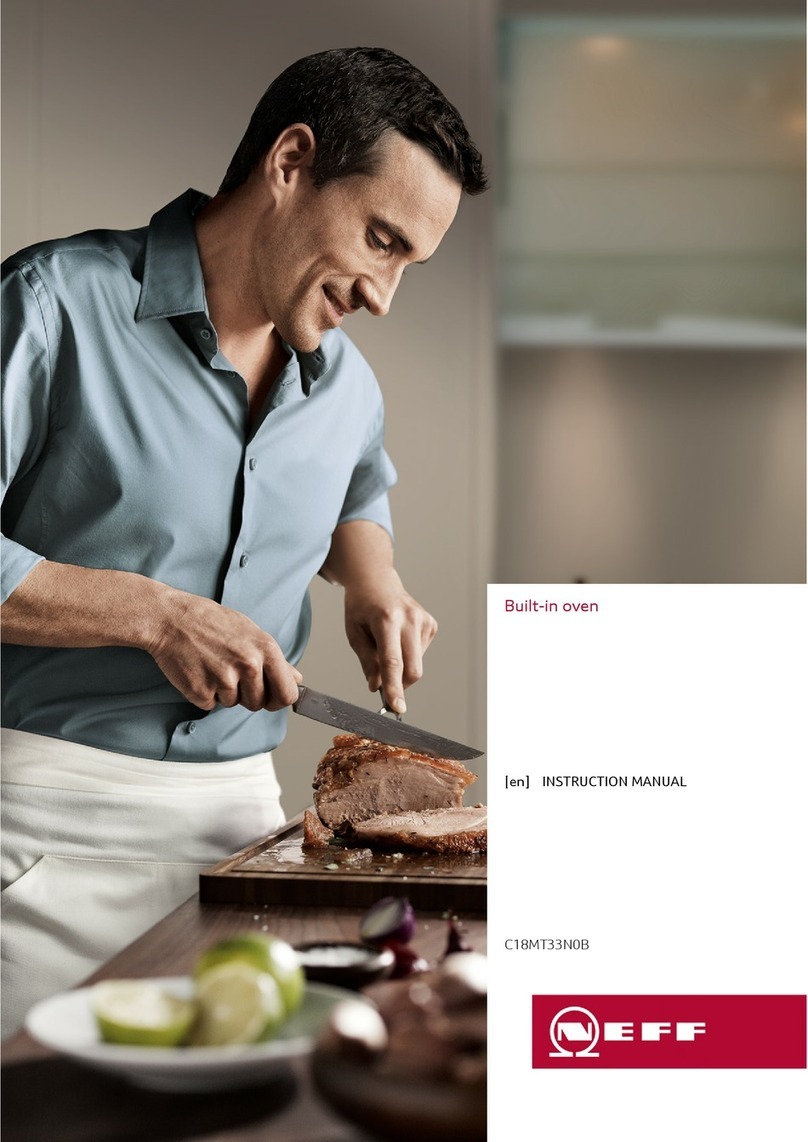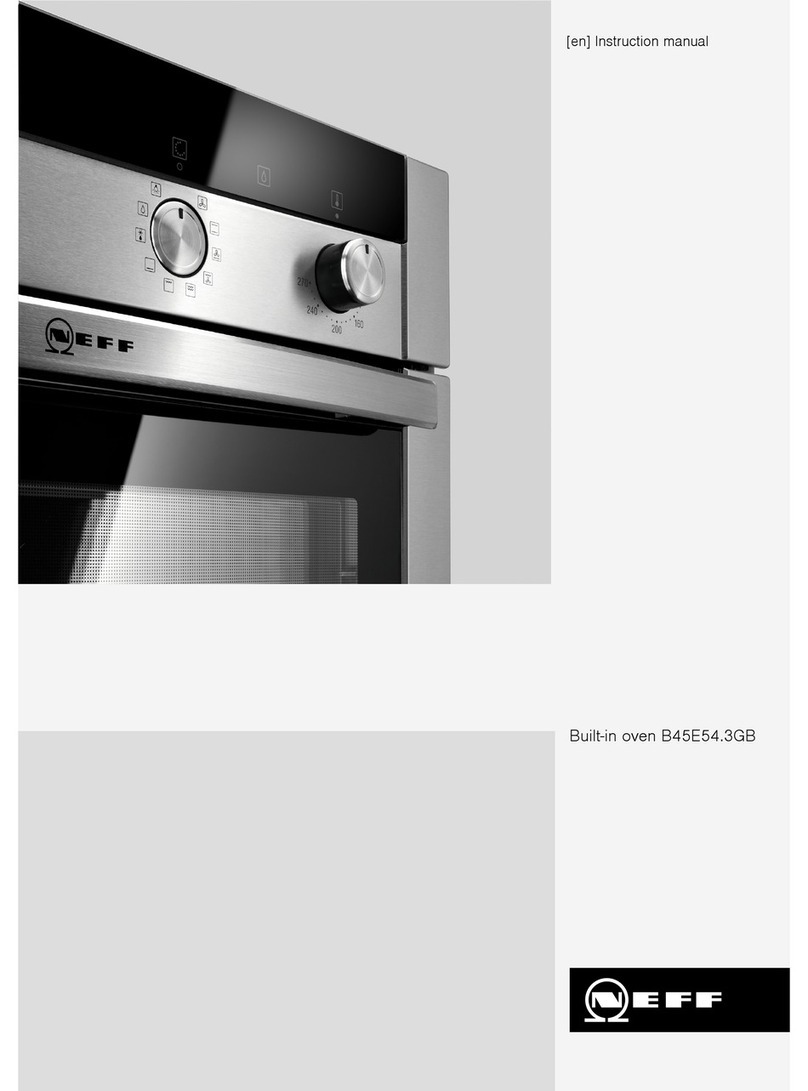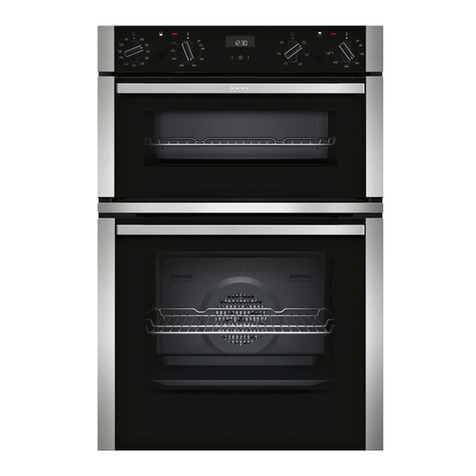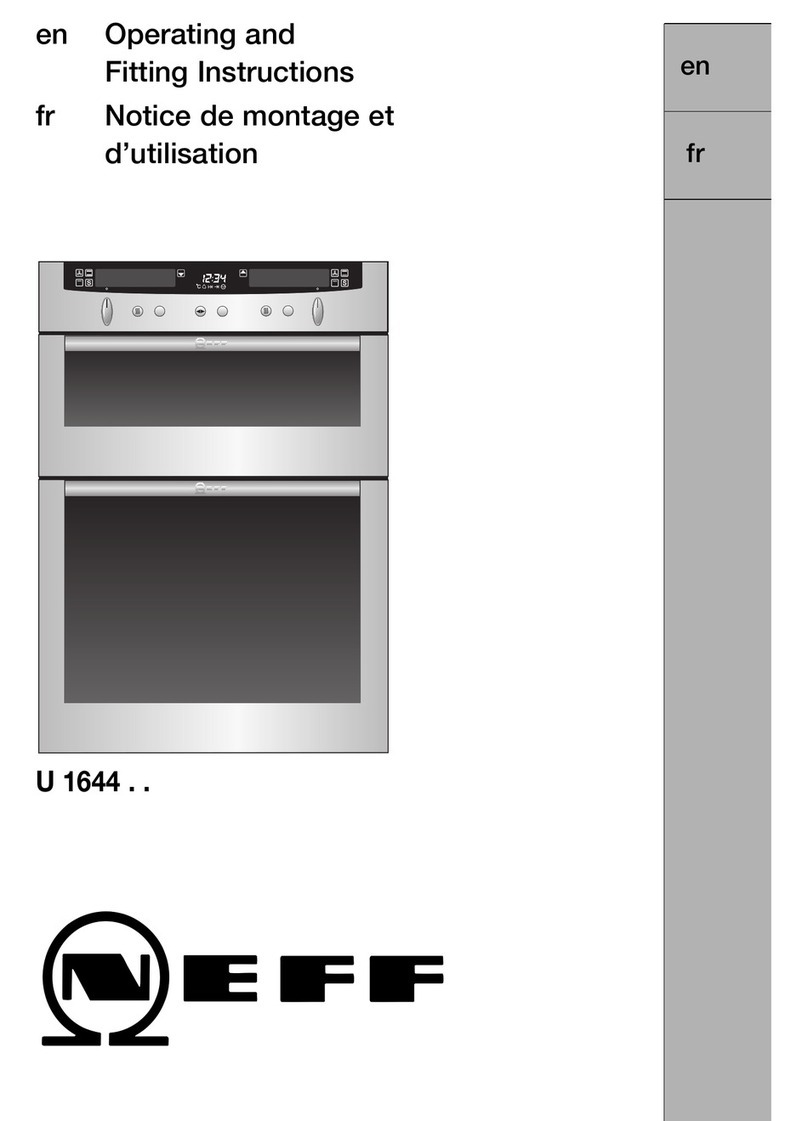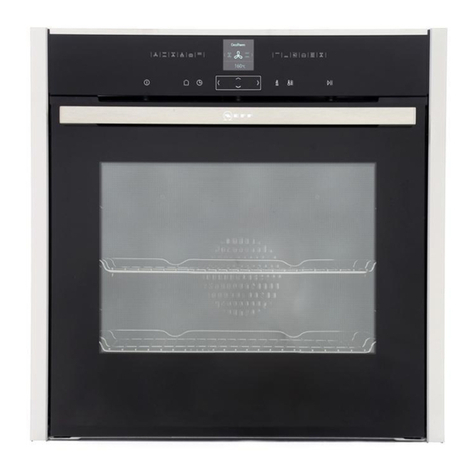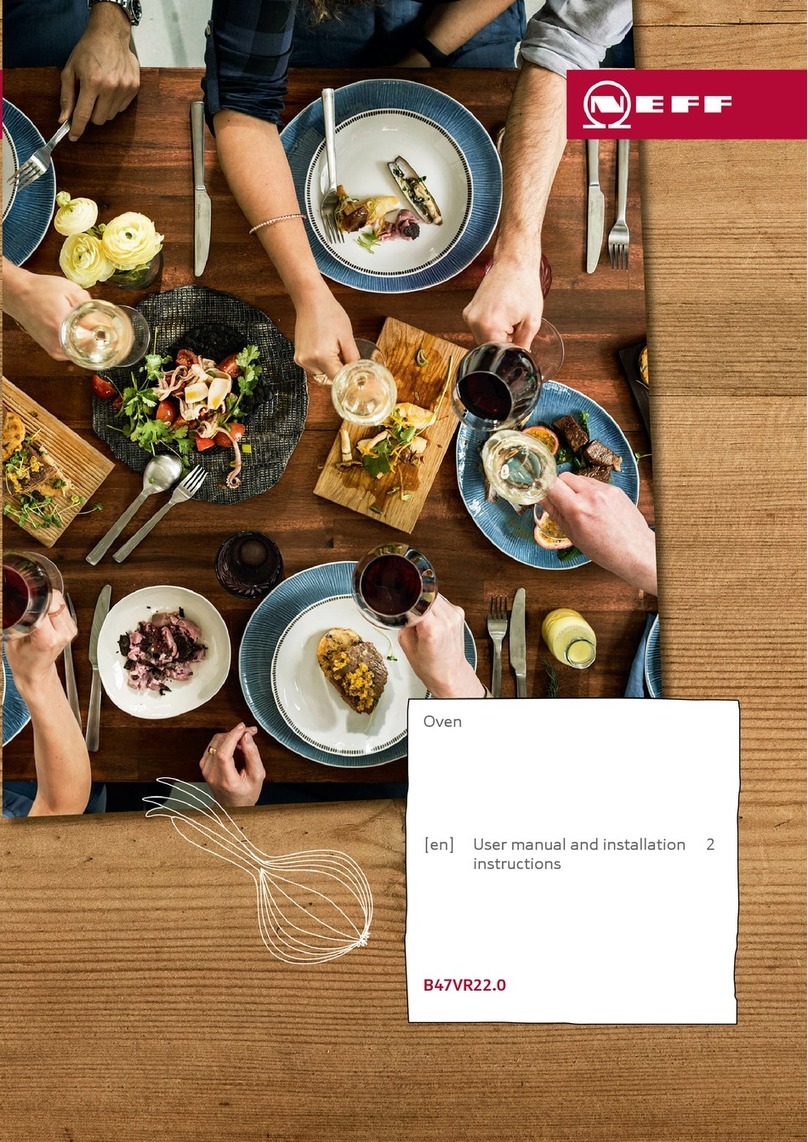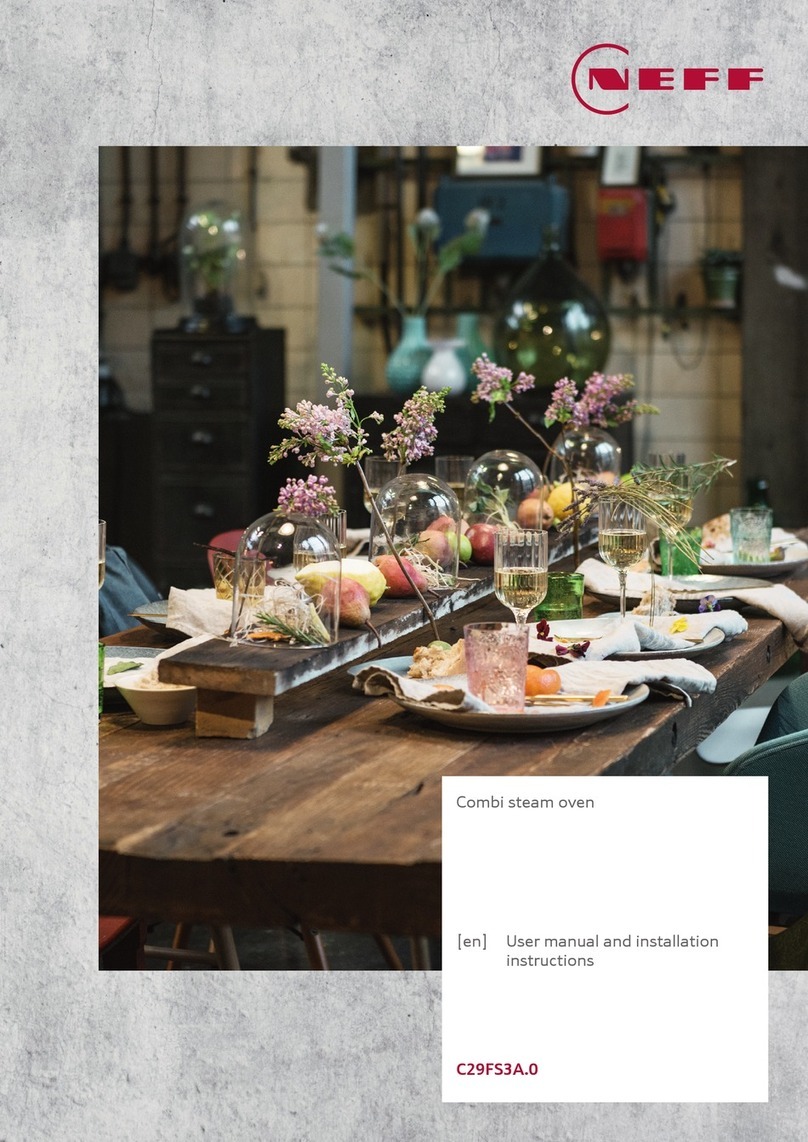3
ÚTable of contents
[en]Instructionmanual
Important safety information.....................................................4
Causes of damage .............................................................................5
Energy and environment tips....................................................5
Saving energy......................................................................................5
Environmentally-friendly disposal.....................................................5
Your new appliance ....................................................................6
Control panel .......................................................................................6
Operating modes ................................................................................6
Your accessories ........................................................................7
Accessories .........................................................................................7
Inserting accessories .........................................................................7
Shelf positions .....................................................................................7
Optional accessories .........................................................................8
Before using the appliance for the first time ...........................8
Setting the clock .................................................................................8
Cleaning the appliance......................................................................8
Operating the appliance ............................................................9
Switching on the appliance...............................................................9
Switching off the appliance...............................................................9
Changing the basic settings .............................................................9
Automatic safety cut-out ................................................................. 10
Electronic clock........................................................................10
Clock display .................................................................................... 10
Timer .................................................................................................. 10
Cooking time .................................................................................... 10
End of operation .............................................................................. 11
Preset operation............................................................................... 11
Setting the clock .............................................................................. 11
Rapid heat up................................................................................... 11
Checking, correcting or deleting settings ................................... 11
Childproof lock .........................................................................12
Lock.................................................................................................... 12
Permanent lock ................................................................................ 12
Baking .......................................................................................12
Baking on one level......................................................................... 13
Baking on two or more levels ....................................................... 13
Baking table...................................................................................... 13
Baking table for ready-made products ........................................ 14
Tips and tricks .................................................................................. 15
Roasting and braising..............................................................16
Roasting............................................................................................. 16
Braising.............................................................................................. 16
Tables for roasting and braising................................................... 16
Tips and tricks .................................................................................. 18
Grilling.......................................................................................18
Circo-roasting ................................................................................... 18
Radiant grilling.................................................................................. 18
Grilling table...................................................................................... 19
CircoTherm® eco......................................................................20
Low-temperature cooking .......................................................21
Using Low-temperature cooking ................................................... 21
Table for Low-temperature cooking ............................................. 22
Tips and tricks .................................................................................. 22
Defrost.......................................................................................22
Defrosting with CircoTherm® ........................................................ 22
Defrost................................................................................................ 22
Yoghurt......................................................................................23
Cleaning and care ....................................................................23
Cleaning the appliance exterior .................................................... 23
Cleaning the cooking compartment............................................. 23
Cleaning self-cleaning surfaces in the cooking compartment 24
EasyClean® ...................................................................................... 24
Oven cleaning................................................................................... 25
Removing and fitting the appliance door.................................... 25
Cleaning the door panels............................................................... 26
Cleaning the cooking compartment ceiling................................ 26
Cleaning the hook-in racks ............................................................ 27
Faults and repairs ....................................................................27
Replacing the oven light bulb........................................................ 28
Changing the door seal.................................................................. 28
After-sales service ...................................................................29
E number and FD number ............................................................. 29
Test dishes ................................................................................30
Produktinfo
Additional information on products, accessories, replacement
parts and services can be found at www.neff-
international.com and in the online shop www.neff-
eshop.com
